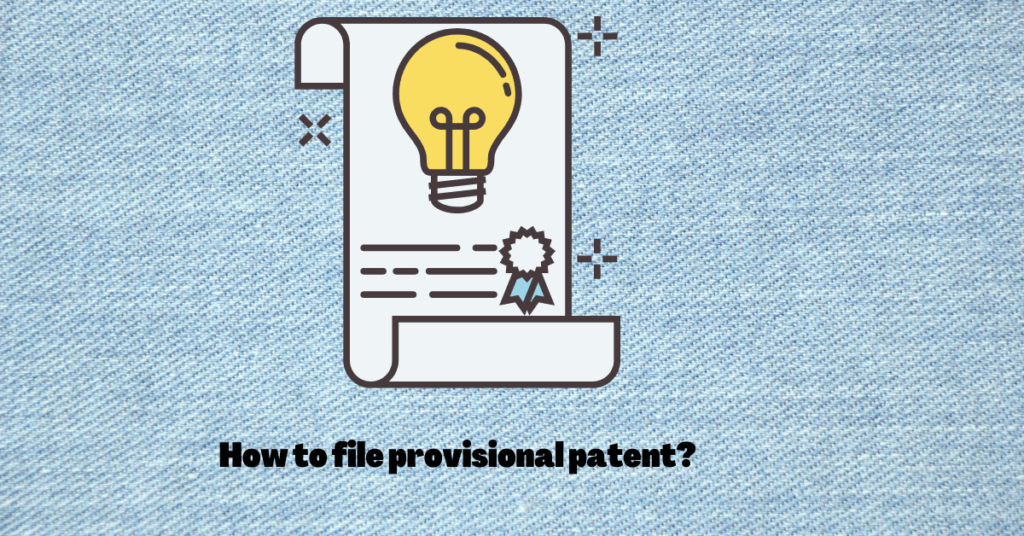You have a workable idea, and has industrial applicability, but it is still at the experimental stage, and you are wondering if the same can be protected under the umbrella of patent protection?
The answer is, yes it can be. The Indian patent Act 1970 follows the first-to-file system and allows any inventor or applicant to seek protection for an invention at an experimental stage by filing what is called a “provisional application”. The applicant can file a provisional application with the patent office and secure the priority date for their invention.
Criteria to qualify as patentable subject matter
In order for the workable idea or the experimental stage invention to be patentable, the following conditions need to be fulfilled;
- It should be novel (Section 2(1)(j))
- It should have an inventive step or it must be non-obvious Section 2(1) (ja)
- It should be capable of Industrial application. (Section 2(1)(ac)
- It should not fall under the purview of sections 3 and 4 of the Patents Act 1970
Only the inventions fulfilling the above criteria qualify for filing a patent application as per the provisions of the Patent Act.
What is a provisional application?
Section 9 (1) of the Patent Act covers the provisional application. A provisional application is an application that can be filed if the invention is still in the experimentation stage. The applicant can file a provisional specification which provides an advantage to the inventor since it helps in establishing a ―priority date for the invention. Although the provisional application allows filing for protection under patents at the early stages of the development of the invention, it is not a rough sketch of the invention but rather a techno-legal document that clearly defines the scope of the invention for which the protection is sought.
Content of the provisional application
Section 10 of the Patent Act highlights the content of a specification whether provisional or complete. The provisional application is accompanied by a provisional specification, which describes the invention and shall begin with a title sufficiently indicating the subject-matter to which the invention relates. The applicant cannot go beyond the scope disclosed in the provisional specification during the later stages of the development. The provisional specification should contain;
- a title for the subject matter being covered by the invention,
- field of the invention defining the technical field to which the invention belongs,
- background of the invention indicating the problems associated with previous technologies from the same field and the solution offered by the present invention,
- a brief summary of the invention,
- object of the invention defining the scope,
- an abstract that provides the gist of the invention.
How to file a provisional application?
A provisional application is filed in Form 2 accompanied by;
- Form 1- application for grant of a patent with details regarding the applicant, inventors, the title of the invention, and declaration by the inventors.
- Form-3: required if the applicant wishes to file applications in another jurisdiction claiming priority from this application. This includes a statement and undertaking which is to be furnished within 6 months of filing.
- Form-5: declaration as to inventorship duly signed by the inventors.
- Form-26: in case the application is filed by the patent agent, this provides authorization for the Patent Agent to act on behalf of the applicant.
- Form-28: in case of a small entity.
Advantages of filing a provisional application
Filing a provisional application offers an edge and offers the following advantages;
- The purpose of the provisional application is to allow the inventor/applicant to seek protection for the experimental stage invention,
- The provisional application offers to secure a priority date for the invention which would help in the future to file applications in any jurisdiction claiming priority from this application,
- The provisional application allows time to complete the invention,
- The provisional application also allows the inventor/applicant to evaluate the cost-benefit analysis for the invention and guide on whether to proceed ahead or abandon the application,
- The provisional application allows writing ‘patent pending’ for any article or technology for which the provisional has been filed,
- The provisional application also gives sufficient time to the applicant to assess and evaluate the market potential of his invention before filing complete specification.
The fate of the provisional application
The provisional application only allows securing the priority for the incomplete invention but it is not published nor examined by the patent office. For keeping the application alive and proceeding toward the grant of the patent, a complete specification fully and particularly defining the scope of the invention must be accompanied by claims and filed within 12 months of filing the provisional application. Failure to file the complete specification after filing the provisional specification would lead to abandoning of the patent application.
Takeaways for the applicant
You can protect your workable idea or early-stage experimental invention by filing a provisional specification which would provide a priority date for your invention. The Patent Act of 1970, provides 12 month timeline to the applicant for filing the complete specification which buys sufficient time for inventors to analyse, evaluate and complete the invention to its fullest. While drafting the provisional specification, care should be taken to ensure that the scope is properly defined as the inventors cannot go beyond the scope defined at the time of filing the provisional application. Although the provisional applications offer many advantages, it is of utmost importance to note that the timeline of 12 months for filing the complete specification is a non-extendable timeline, and once lapsed the application is deemed to be abandon.
